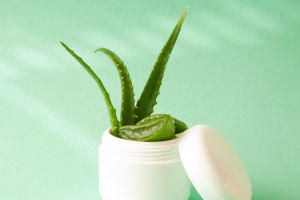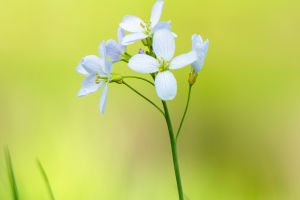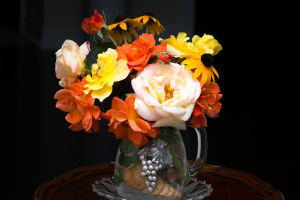Succulents are popular plants due to their low maintenance and unique, attractive appearance. However, despite their reputation as hardy plants, succulents still require proper care to thrive.
Many people make mistakes that can harm these plants, often without realizing it. Here are four common things you should avoid when caring for succulents.
1. Overwatering Your Succulents
One of the most common mistakes people make with succulents is overwatering. Succulents are adapted to survive in arid environments, which means they store water in their leaves, stems, and roots. They do not need to be watered as frequently as other plants.
Overwatering can lead to root rot, a condition that occurs when the roots sit in water for too long and start to decay. Root rot is often fatal for succulents because it can spread quickly through the plant. To avoid overwatering, only water your succulents when the soil is completely dry. Depending on the climate and the season, this might mean watering them once every week or two. Always ensure that the pot has drainage holes to allow excess water to escape.
2. Using the Wrong Soil
Succulents require well-draining soil to thrive. Using regular potting soil, which tends to retain moisture, can be detrimental to their health. Regular soil retains moisture, increasing the risk of overwatering and root rot, even if you’re careful with watering frequency.
The best soil for succulents is a specialized succulent or cactus mix, which is designed to drain quickly. These soils usually contain a mixture of sand, perlite, and peat moss or coir, which helps to prevent water from accumulating around the roots. If you can't find a succulent mix, you can improve regular potting soil by adding sand or perlite to increase its drainage capability.
3. Exposing Them to Too Much Direct Sunlight
While succulents thrive in sunlight, too much direct exposure can be harmful. Many succulents are native to environments where they receive bright but filtered light rather than harsh, direct sunlight all day long. Exposing succulents to intense sunlight, especially during the peak hours of the day, can cause sunburn. This manifests as brown or white patches on the leaves, which can permanently damage the plant.
To prevent sunburn, place your succulents in a spot where they get plenty of bright, indirect light or morning sun. In particularly hot climates, it may be necessary to provide shade during the hottest part of the day. Indoor succulents thrive near windows that receive indirect light or behind sheer curtains that diffuse sunlight.
4. Ignoring Pest Infestations
Succulents are generally resistant to pests, but they are not immune. Common pests that can affect succulents include mealybugs, spider mites, and aphids. These pests can damage your succulents by sucking the sap from the leaves, which weakens the plant and can lead to stunted growth or even death if left untreated.
Many people assume that because succulents are hardy, they don't need to worry about pests. However, early detection and treatment are crucial to keeping your succulents healthy. Regularly inspect your plants for signs of pests, such as tiny webs, cotton-like residue, or discolored leaves. If you notice an infestation, isolate the affected plant and treat it with insecticidal soap, neem oil, or rubbing alcohol.
Succulents are resilient and beautiful plants, but they still require the right care to stay healthy. Avoiding these four common mistakes—overwatering, using the wrong soil, exposing them to too much direct sunlight, and ignoring pest infestations—will help ensure that your succulents thrive. By understanding what not to do, you can enjoy the beauty of these plants for many years to come.


